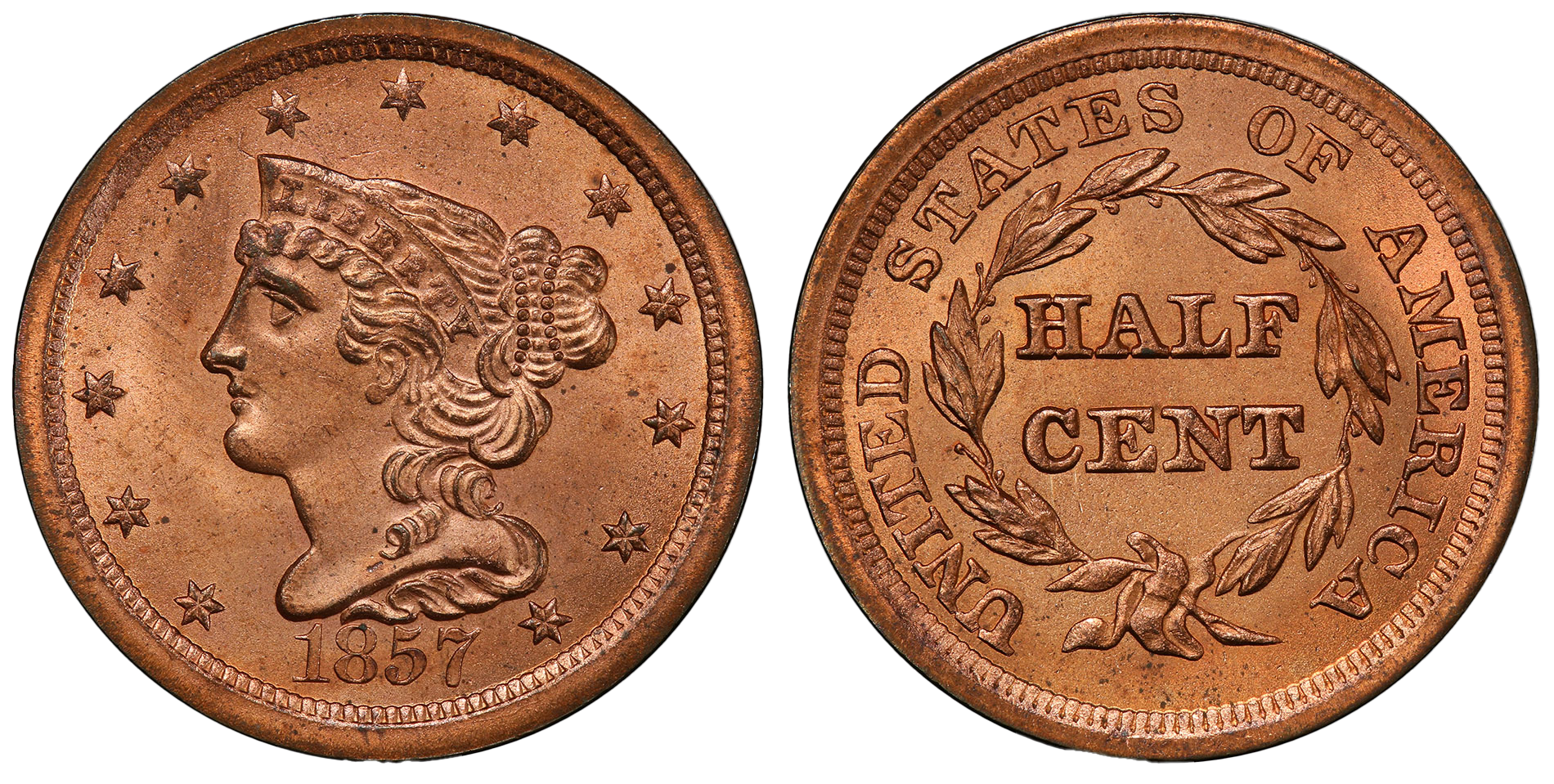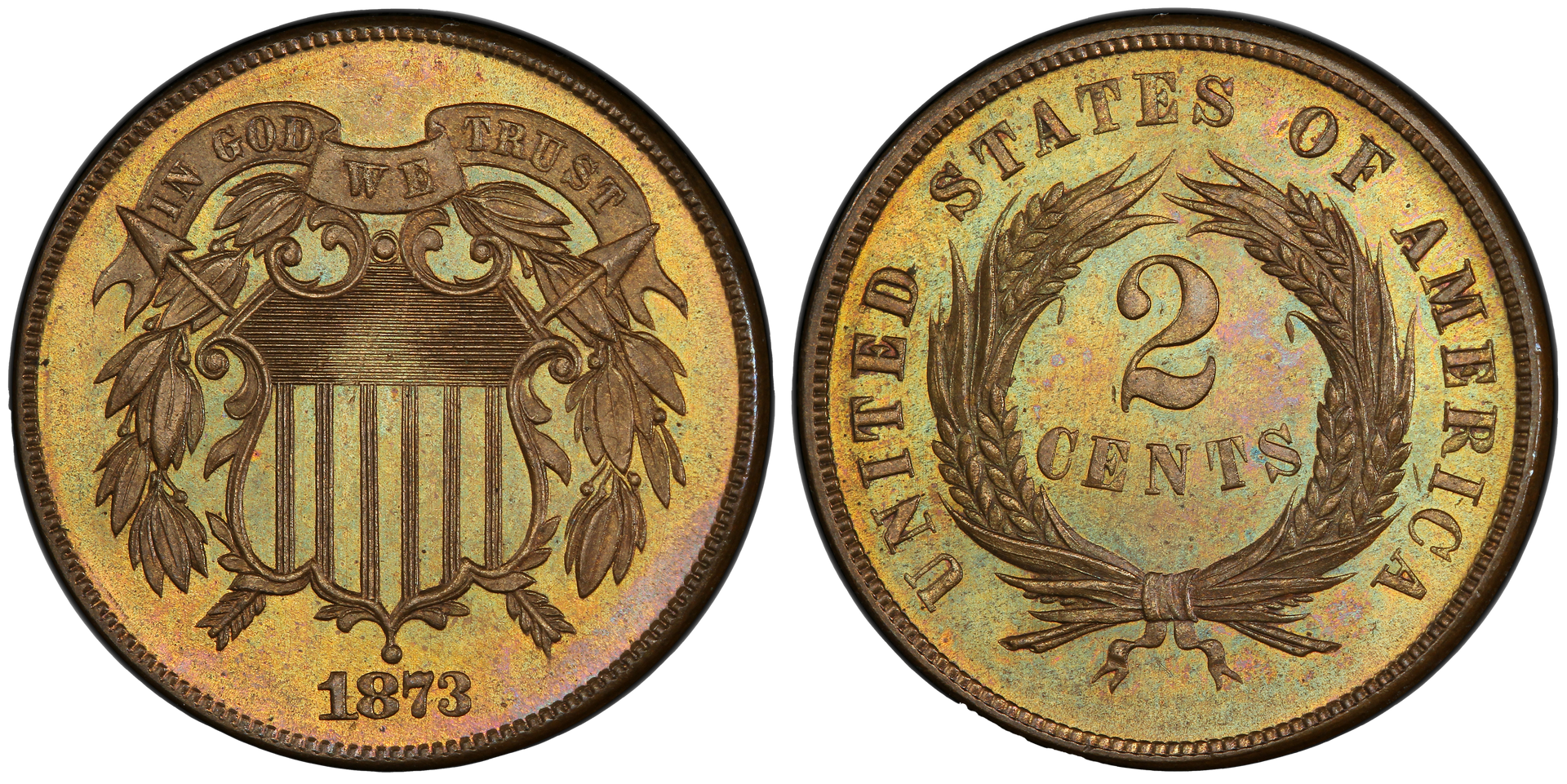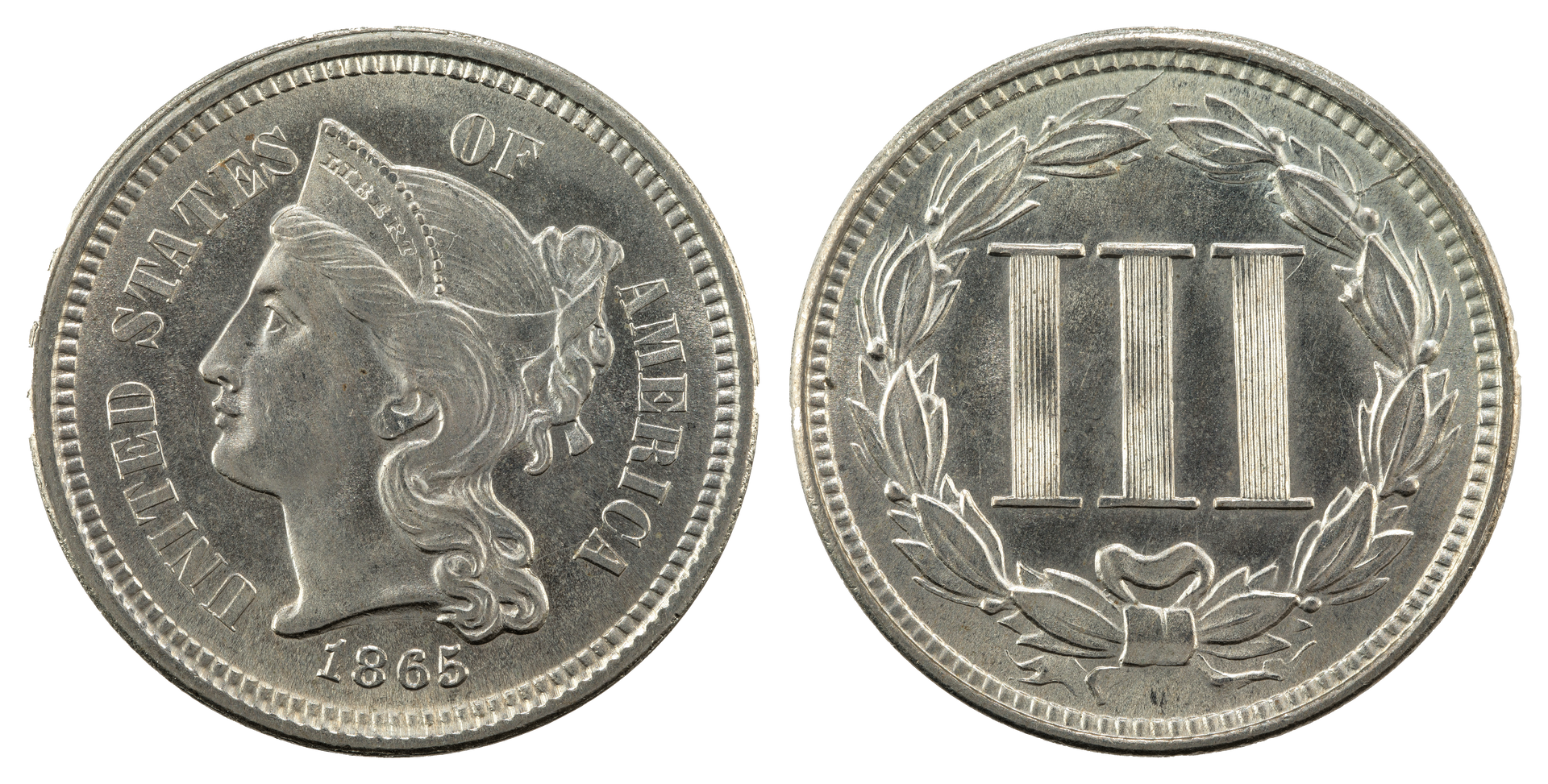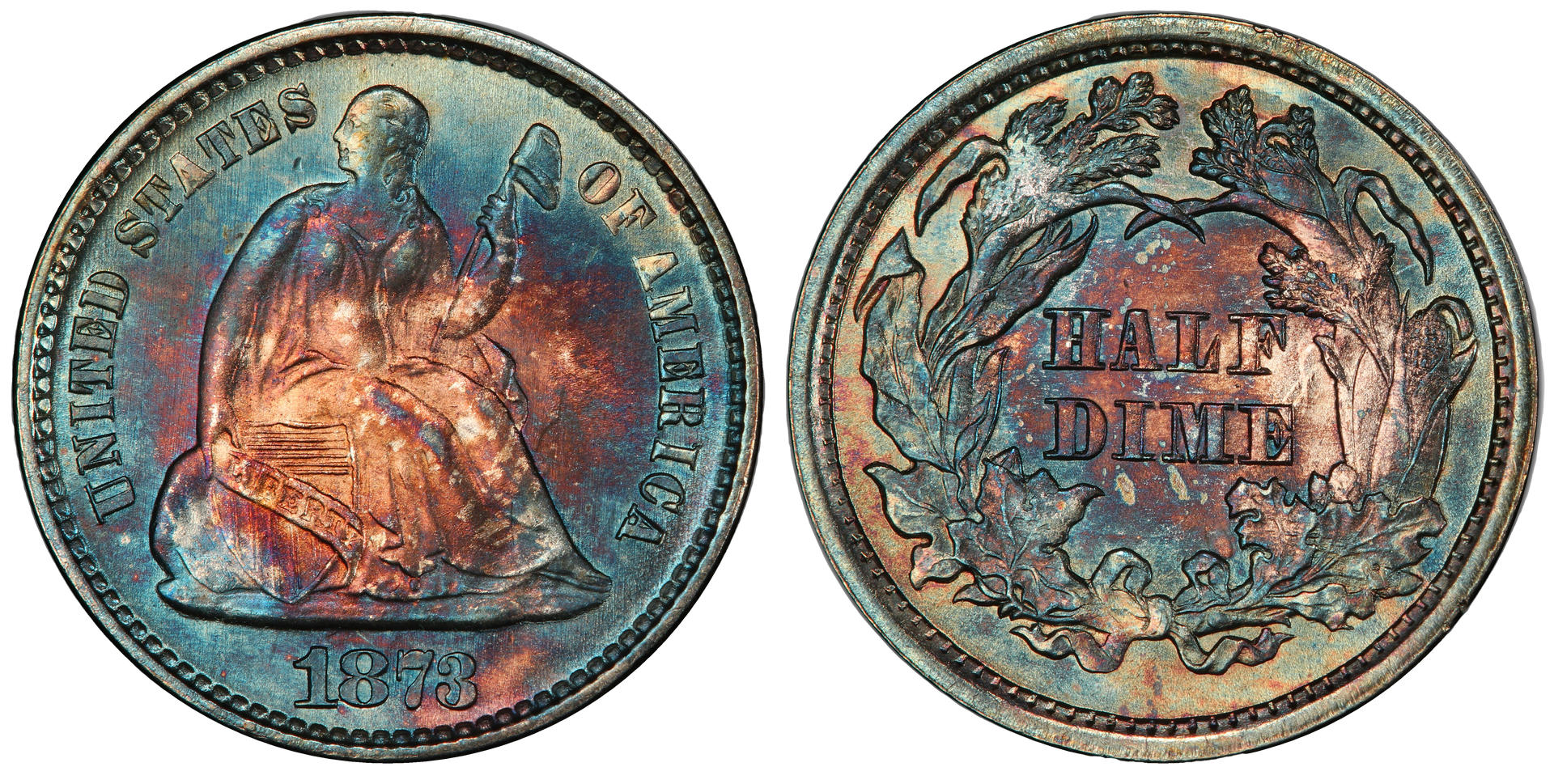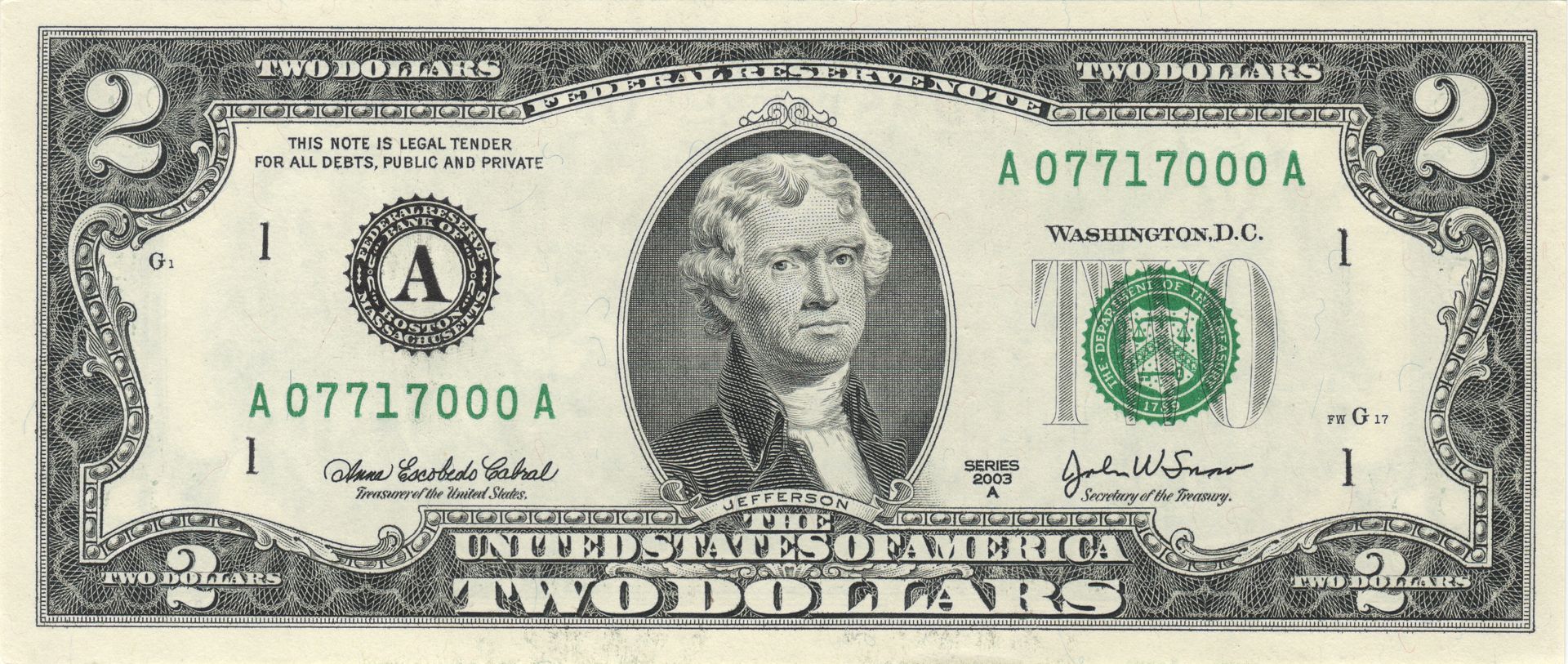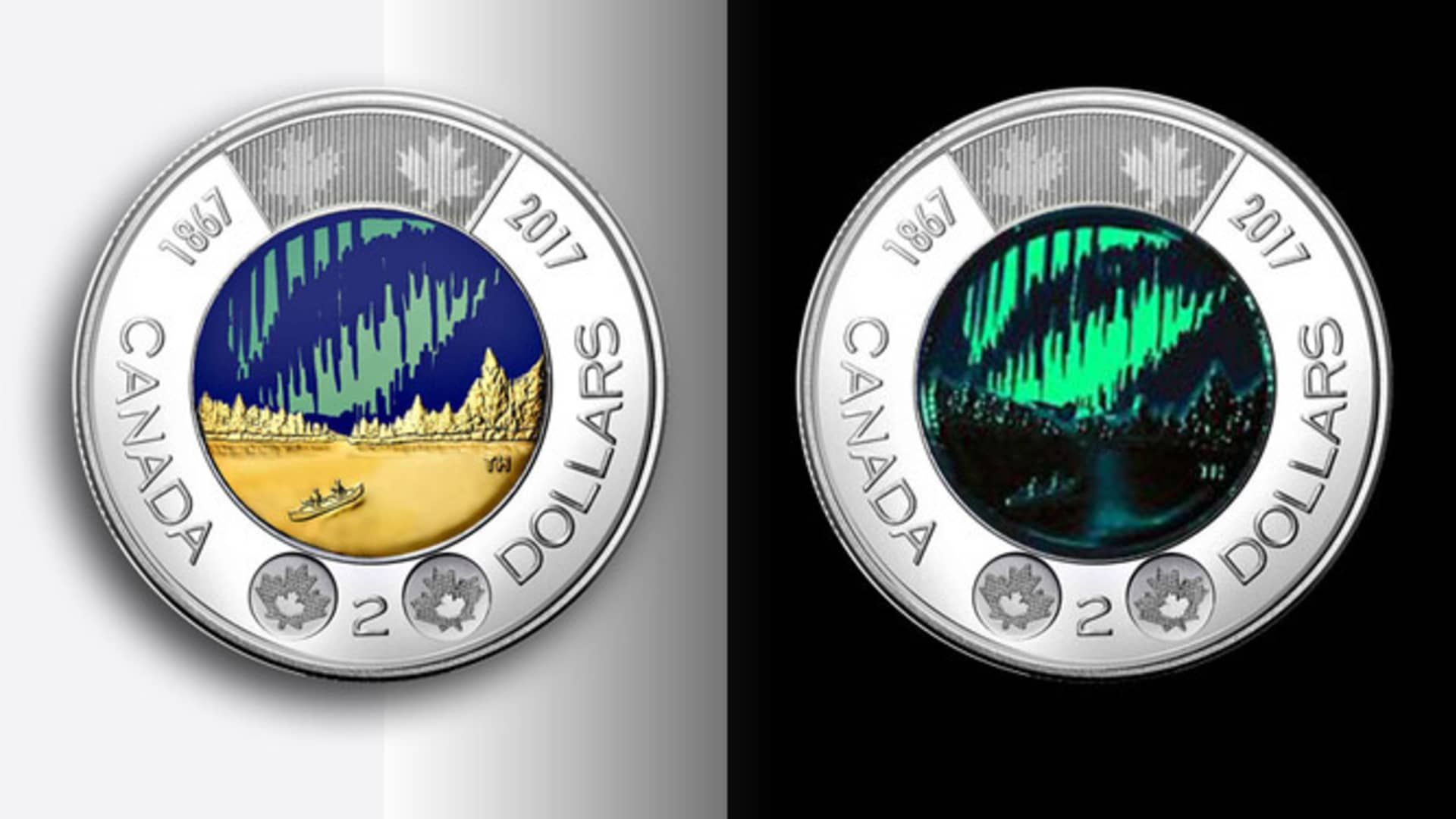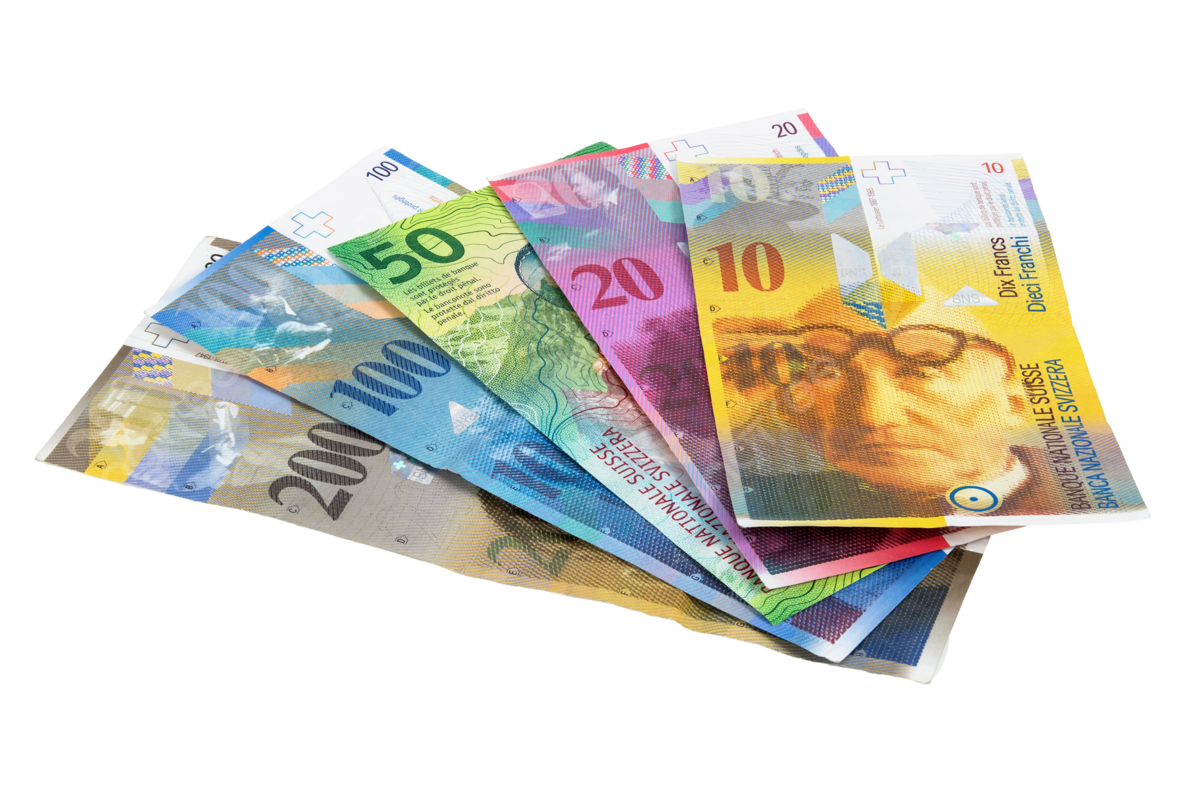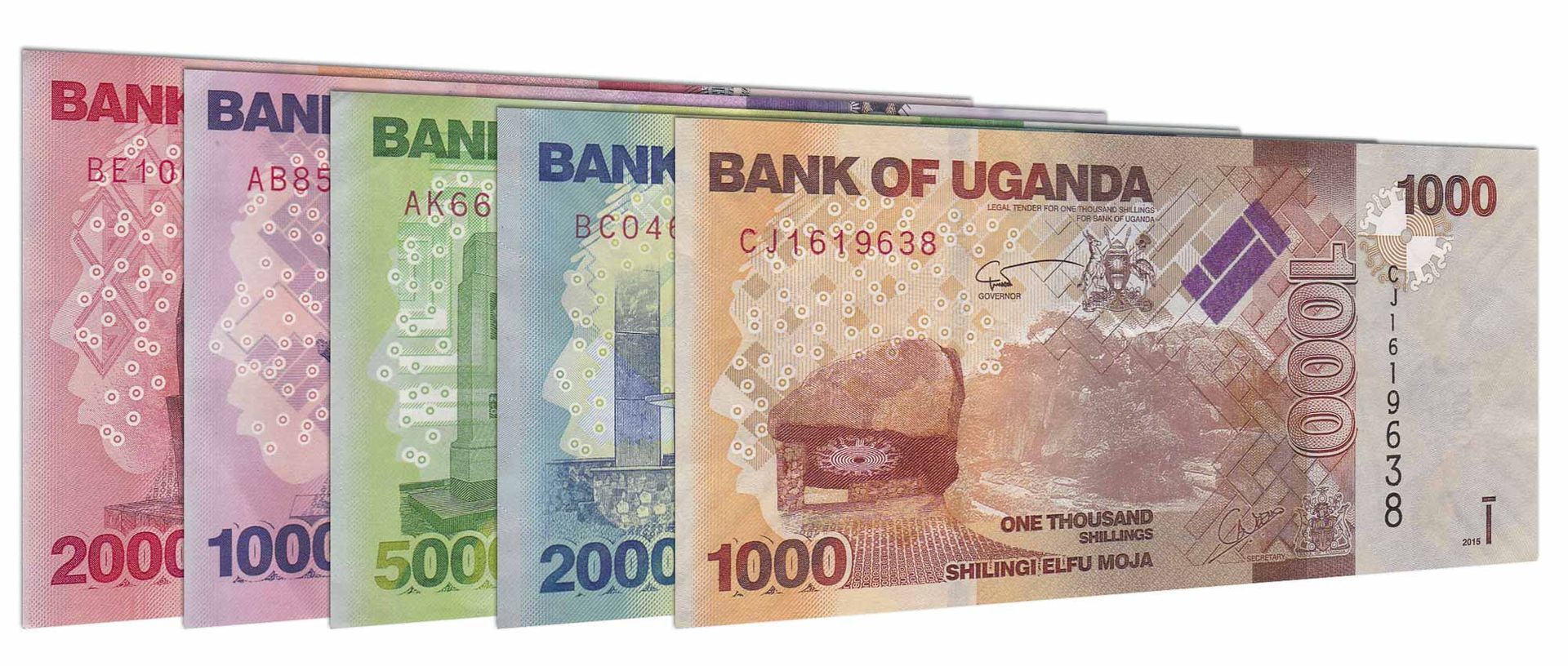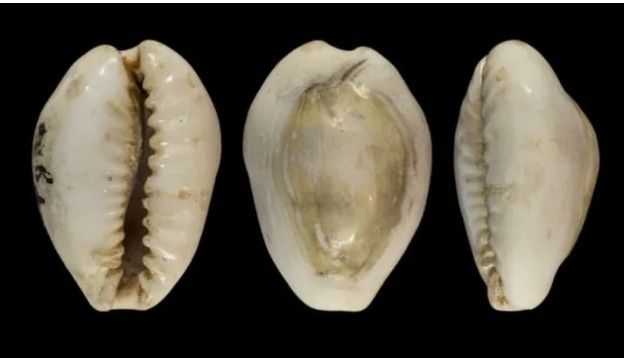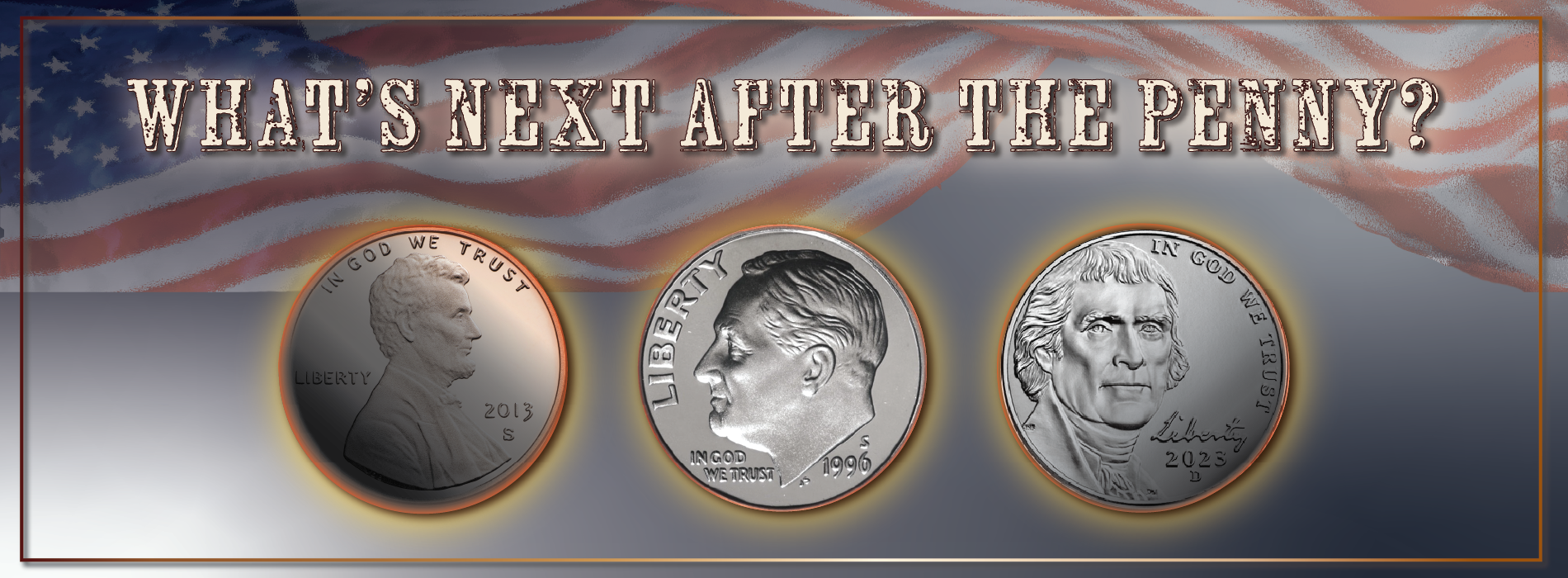
As the U.S. penny approaches its final minting in 2026, many collectors are asking: What’s next?
Will the nickel be the next to go? What about the dime?
And what does this all mean for the future of cash in America?
Get your penny Value Guides HERE
While the retirement of the 1-cent coin marks the end of a 233-year chapter in American coinage, it may also be just the beginning of a broader rethinking of small denominations—and of how Americans interact with money itself. This article explores what history teaches us about discontinued coins, what other countries have done in the face of inflation and production costs, and some of the strangest, most innovative changes to physical currency across the globe.
When the U.S. Phased Out Coins Before: Lessons from History
The U.S. has a long history of retiring denominations that no longer make economic sense:
The pattern? As production costs outweigh utility—and as inflation erodes value—low-denomination coins get phased out. The penny is just the latest casualty.
Is the Nickel Next? The Rising Cost of Coin Production
It costs the U.S. Mint over 10 cents to make a nickel—more than double its face value. Like the penny, the nickel's composition (75% copper, 25% nickel) makes it vulnerable to rising metal prices and production inefficiencies.
Key Data (as of 2024):
- Penny: 2.7¢ to produce
- Nickel: 10.4¢ to produce
- Dime: ~5.0¢ to produce
- Quarter: ~11.0¢ to produce
If the government axes the penny for being too expensive, the nickel becomes the next logical target. Already, discussions in numismatic and economic circles are ramping up.
Rounding: How Commerce May Shift Without Pennies (or Nickels)
When the penny disappears, the U.S. will likely join other countries in rounding cash transactions:
- Canada eliminated its penny in 2013. Transactions now round to the nearest 5 cents in cash (not digital).
- Australia and New Zealand did the same in the 1990s, without issue.
- Sweden and Finland have embraced digital-only microtransactions, making small coins obsolete.
What U.S. Collectors Should Watch:
- Could businesses follow suit and refuse nickels in cash transactions?
- Will states pass rounding laws like Canada’s?
- Could a 5¢-rounding system push the dime into new prominence?
Expect gradual but real behavioral shifts—especially in lower-income and cash-heavy sectors.
What Other Countries Have Done: The Global Phase-Out of Small Change
List of Services
-
CANADAList Item 1
• Phased out the penny in 2013.
• Rounding policy implemented with strong public education.
• Collector versions of the final penny (2012) skyrocketed in value.
-
AUSTRALIAList Item 2
• Killed the 1¢ and 2¢ coins in 1992.
• Introduced colorful polymer banknotes, now among the most secure in the world.
• Known for bold coin design changes, like rotating portrait directions.
-
EUROZONEList Item 3
• Some countries (like Finland, the Netherlands, and Belgium) round all purchases to the nearest €0.05.
• Others still issue 1- and 2-cent euro coins—but face pressure to drop them due to cost.
-
SWEDENList Item 4
• Nearly cashless economy.
• Smallest coin is now 1-krona (≈10¢).
• Culture embraced tech-forward banking and currency.
-
BRAZIL
• Eliminated multiple coins in the 1990s after hyperinflation.
• Now uses commemorative coins as national education tools.
The Strangest and Coolest Currency Innovations in the World
For serious collectors, the thrill isn’t just in rarity—it’s in discovery. Around the globe, mints have pushed the boundaries of design, materials, and technology to create some of the most unusual and captivating currency ever produced. From UV-reactive coins to transparent notes and mother-of-pearl inlays, these innovations aren't just novelties—they’re testaments to craftsmanship, culture, and the evolving art of money. Whether you’re a modern mint enthusiast or a traditional type-set builder, these one-of-a-kind pieces prove that the world of currency is anything but ordinary.
What This Means for Collectors and Investors
If history is any guide, the final years of small coin production become goldmines for collectors.
Watch For:
- 2023–2026 nickels and dimes with low mintages or unique errors.
- Commemorative “last strike” issues, likely released by the Mint.
- Rising premiums on proof and uncirculated rolls.
Investor Strategy:
- Accumulate high-grade examples of modern small coins.
- Monitor copper and nickel markets.
- Stay alert for policy announcements from the U.S. Mint and Treasury.
A Collector’s Market in Transition
As America says goodbye to the penny, the bigger story is the slow fade of physical currency. Small coins are becoming relics in a digital world—yet for collectors, that’s exactly where the value lies.
We’re not just witnessing the end of the penny.....We’re witnessing the reshaping of U.S. coinage as we know it.

